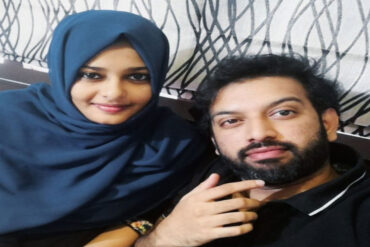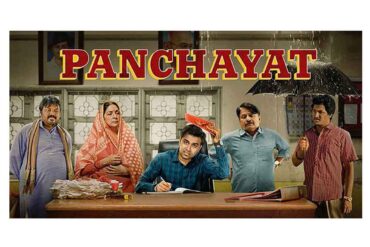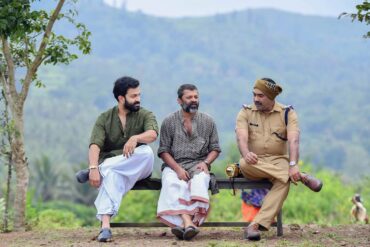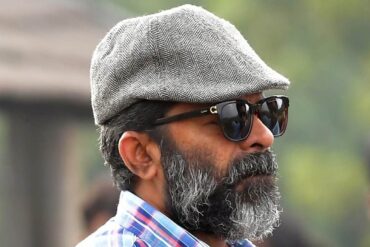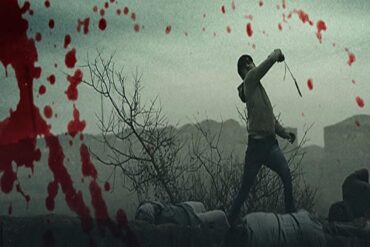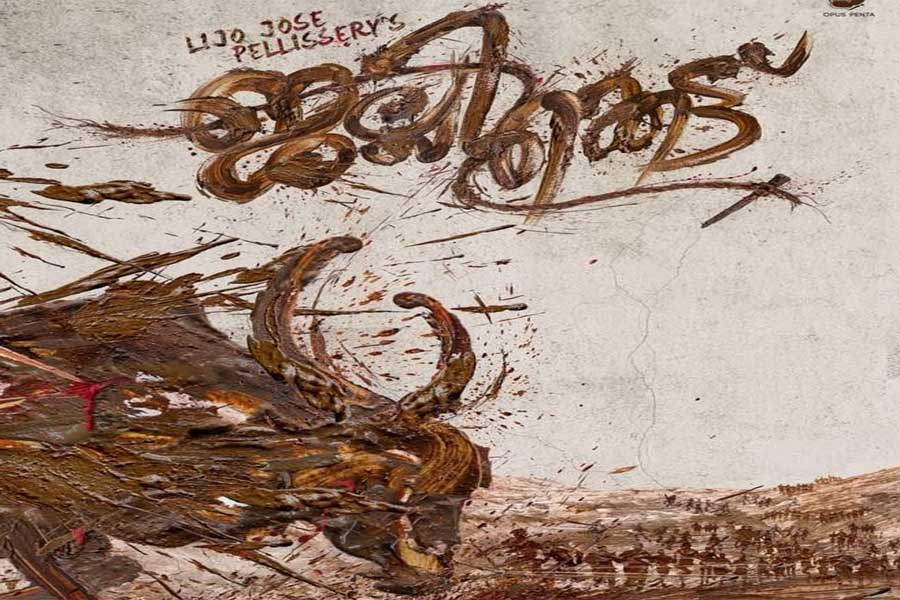Lijo Jose Pelliserry’s film Jallikattu is symbolic of the de-civilising of society—the savagery that lurks just below the surface of a progressive one comes to the fore—like a beast that breaks loose and is on the rampage. Centuries of the so called “culture” and “civilization” have only managed to contain or suppress the primordial beast within us but not annihilate it.
The story is set in a nameless, high range village where the staple diet of the highlanders is buffalo meat, which is relished in various combinations: buffalo meat and toddy, buffalo meat and tapioca, well, you can say buffalo meat in any form is a must. No caterer is worth his salt unless he serves up the piece de resistance: buffalo meat fried with bow-shaped coconut pieces.
The best cuts are available only at butcher Varkey’s (Chemban Vinod Jose), picked up by the villagers on their way to church for morning mass. It’s a ritual that is as important as the spiritual one, the purchase of fresh meat being given slightly more reverence. The priest of the church too swears by Varkey’s meat and, a warm, bloody parcel is delivered to him straight after the morning mass.
There seems to be compulsive showcasing of slaughtered animals in all its goriness which Pellissery has done previously with the squealing pigs in Angamaly Diaries. In the wee hours of the morning, when half the world is in darkness and the folks snuggle in bed, only the rubber tapper and the butcher is up. In that eerie bluish light the butcher is at his job, the noose around the buffalo’s neck is further tightened before the sharp blade comes down swiftly. The fresh meat is chopped into bite-sized pieces by Varkey and his helpers, before the crowd rushes in demanding their portions. As the butchers chop, the blood and bits of meat stick to their hair, their faces, their clothes…they care less, in fact they wallow in it.
One morning, a buffalo being readied for slaughter breaks free and charges off into the neighbouring woods but not before it has done considerable damage to the crop of these small-time farmers. The priest is annoyed, for the church has lost its crop of pepper. The buffalo must be hunted down. But the primary reason, one suspects, is that the villagers must have their meat, and the best meat that usually comes from Varkey’s stable has escaped.
To begin with, the highland villagers organize themselves into motely groups with a false sense of bravado believing that bigger the crowd the easier it is to catch the buffalo. The unruly crowd is barely civil and breaks into fights for no particular reason. One thing is certain—these ordinary people have no clue how to catch an escaped buffalo and, with just sticks and ropes, they don’t make much progress.
Soon, the people are warned from public announcement systems mounted on jeeps that a buffalo is on the loose and everyone must stay indoors. There’s a slow mythical transformation of the buffalo into an all-powerful elusive beast that can gore a person to death. What is startling and amusing to the viewer is that the supposed all-powerful buffalo looks emaciated and nothing like a fiery handsome beast that’s snorting with anger as one would imagine it. Pellissery seems to have deliberately chosen a miserable, stray buffalo to portray as the beast—its coat is dull and lacks sheen, the muscles are not sinewy and its ribs stick out. But the people believe that the buffalo is mad and must be hunted down. (To give it some credit it did injure a couple of hunters who hassled it.)
Only a man with a gun can kill the rampaging beast so Kuttichan (Sabumon Abdusamad) is brought in. The villagers are ecstatic and a primitive war cry rings thae thae thath thath thata… across the hills. There’s clear animosity between Kuttichan and Varkey’s assistant Anthony (Anthony Varghese) that creates tension as the hunt continues for days.
The dialogues in the film are kept minimal but as the hunt descends into chaos, the language of civility is abandoned and the crowd adopts the language of the beast—grunts and snorts—the savagery is externalized. The collective beast within, resplendent in all its might, comes charging out to lynch a poor, half dead buffalo and a fellow traveller.
Pellissery has taken a page from Quentin Tarantino’s stylistic portrayal of violence and has employed it chillingly to portray mob violence. (I must add here I cannot stomach too much of onscreen violence, stylistic or otherwise). Across the country, now one sees unbridled mob violence as they hunt, in the most primitive manner, an imagined beast failing to see the beast within.

